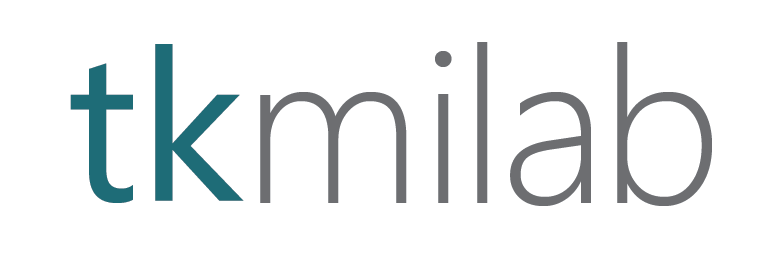Individuals’ socio-demographic and economic characteristics crucially shape the spread of an epidemic by largely determining the exposure level to the virus and the severity of the disease for those who got infected. While the complex interplay between individual characteristics and epidemic dynamics is widely recognised, traditional mathematical models often overlook these factors. In this study, we examine two important aspects of human behaviour relevant to epidemics: contact patterns and vaccination uptake. Using data collected during the COVID-19 pandemic in Hungary, we first identify the dimensions along which individuals exhibit the greatest variation in their contact patterns and vaccination uptake. We find that generally higher socio-economic groups of the population have a higher number of contacts and a higher vaccination uptake with respect to disadvantaged groups. Subsequently, we propose a data-driven epidemiological model that incorporates these behavioural differences. Finally, we apply our model to analyse the fourth wave of COVID-19 in Hungary, providing valuable insights into real-world scenarios. By bridging the gap between individual characteristics and epidemic spread, our research contributes to a more comprehensive understanding of disease dynamics and informs effective public health strategies.












